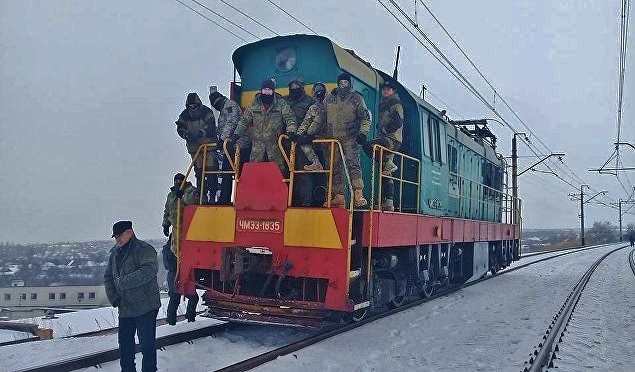Micha’el Tanchum
(Exclusive):In September 2016, India’s long-standing effort to deepen its strategic relations with Kazakhstan experienced an important breakthrough with an Indian-Kazakhstan joint military exercise conducted on Kazakh soil. The energy-rich regional giant is the key to India’s flagging “Connect Central Asia” policy that has placed its primary focus on the three post-Soviet republics that border China.
Although Indian Prime Minister Narendra Modi’s summer 2015 tour of the five Central Asian republics signaled New Delhi’s commitment to promote a higher level of strategic engagement in the region, the upgrade in India’s defense relationship with Kazakhstan is due primarily to the visionary foreign policy of its long-serving leader, President Nursultan Nazarbayev. While the Kazakh president is likely to continue to deepen the level of his cooperation with New Delhi, the future of Kazakhstan’s strategic relationship with India may now rest on the success of the aging Nazarbayev’s bold domestic initiative to transfer power to the Kazakh parliament before he leaves the political scene.
On 25 January 2017, President Nazarbayev made a landmark televised address to the nation announcing a constitutional reform process that would devolve several powers of the presidency onto the country’s parliament. The 76 year old president has served for over a quarter of a century as the first and only head of state of the Central Asian republic located in the strategic heart of the Eurasian continent.
Spanning the western border of China and the eastern borders of Russia, Kazakhstan’s economic and security relationships play a strong role in defining the contours of Eurasia’s regional architecture. Kazakhstan’s stability and political autonomy in the post-Nazarbayev era will be key to the preservation of the fragile power equilibrium in the Eurasian landmass between the West, Russia and China. If Astana were to deviate from Nazabayev’s foreign policy orientation, particularly in the event that a power struggle to succeed the president left the triumphant contender beholden to either Moscow or Beijing, then the current relative balance among the global powers would be disrupted, with either Russia or China enjoying an inordinate advantage in the Eurasian strategic architecture. India’s ability to expand its strategic footprint in Central Asia and become a major actor in Eurasia could be significantly limited by such an outcome.



